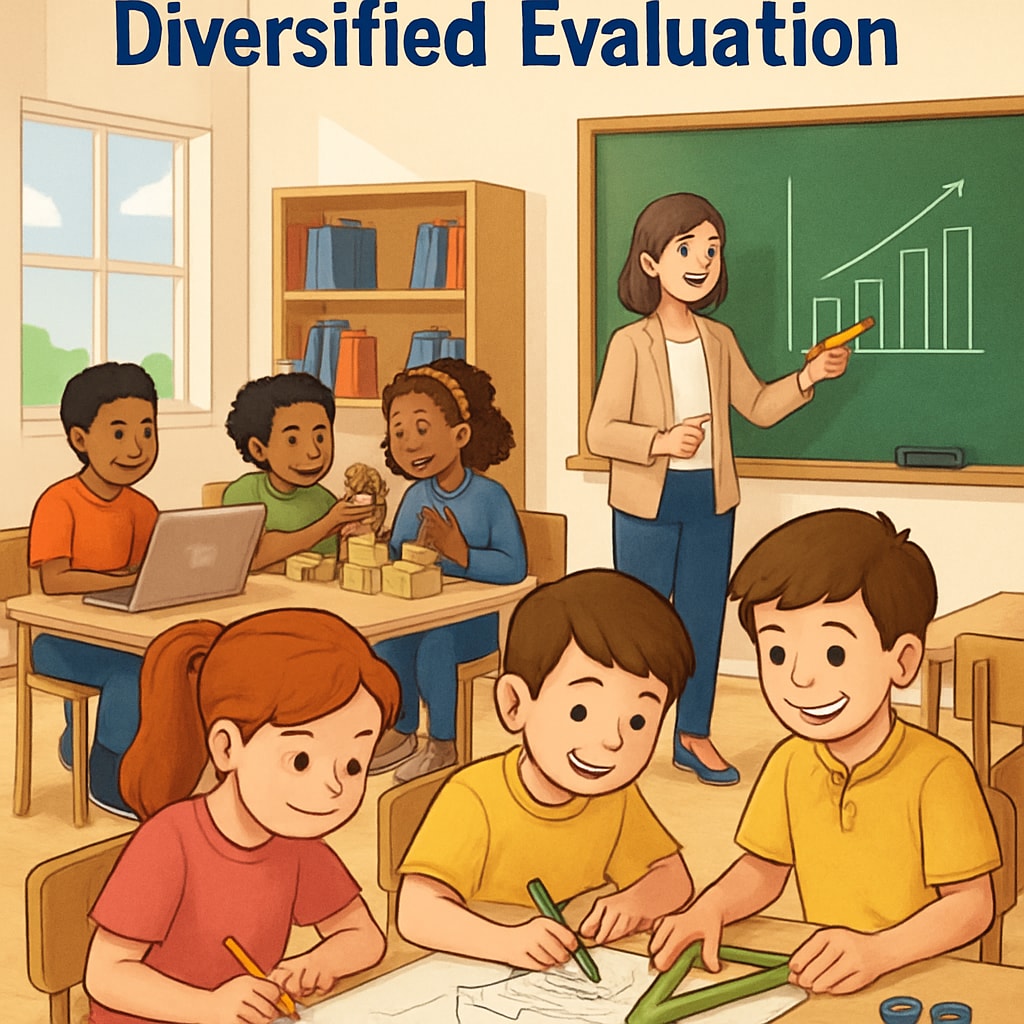In K12 education, traditional score-based assessments have long been the standard for evaluating student learning. While grades provide a snapshot of academic achievement, they often fail to capture the full complexity of learning effectiveness, development, and personal growth. This article explores the limitations of conventional grading systems and proposes a diversified and dynamic approach to measuring education indicators. By redefining how we evaluate learning, educators and policymakers can create a system that truly supports student success.

Why Traditional Scores Fall Short
Grades, as the primary measure of academic success, often reduce learning to a mere numerical representation. While they offer some insight into a student’s performance, they rarely account for critical factors such as creativity, problem-solving abilities, collaboration skills, or emotional intelligence. For example, a student excelling in teamwork may not achieve high scores on standardized tests, yet their skills are invaluable in real-world contexts.
Moreover, score-based systems can inadvertently encourage rote memorization and test-centric learning rather than fostering deeper understanding and long-term retention of knowledge. According to Britannica’s overview of education, effective learning encompasses a broader range of cognitive and social-emotional skills, which traditional grades fail to assess comprehensively.
What Constitutes Effective Learning Evaluation?
To move beyond scores, educators must incorporate a wider range of evaluation criteria. Effective learning evaluation is multifaceted and should include:
- Formative Assessments: Providing real-time feedback to guide student progress.
- Portfolio Reviews: Showcasing a student’s work over time to highlight effort, creativity, and growth.
- Peer and Self-Assessment: Encouraging students to reflect on their learning experiences and those of their peers.
- Project-Based Learning Outcomes: Measuring collaboration, critical thinking, and application of knowledge in real-world scenarios.
These methods offer a more comprehensive understanding of a student’s abilities and potential, aligning with the goal of holistic education.

Steps Toward a Diversified Assessment System
Transitioning from score-based evaluations to a diversified system requires strategic planning and collaboration among educators, administrators, and policymakers. Key steps include:
- Redefining Education Indicators: Develop metrics that emphasize critical thinking, creativity, collaboration, and emotional intelligence.
- Training Educators: Provide teachers with tools and resources to implement diversified assessment practices effectively.
- Integrating Technology: Use digital platforms to track real-time progress and create personalized learning profiles for students.
- Engaging Stakeholders: Involve parents, students, and the community in redefining success in education.
For example, schools can adopt digital portfolio systems that allow students to document their learning journey, showcasing both academic achievements and personal growth. This approach aligns with Wikipedia’s concept of educational assessment, which emphasizes the importance of diverse methods in evaluating student performance.
Why Change Matters
Adopting a diversified evaluation system is not just a matter of educational reform; it’s a necessity for preparing students for the complexities of modern life. By focusing on broader education indicators, we can better support students in developing the skills they need to succeed beyond the classroom.
In conclusion, moving beyond scores requires a commitment to innovation and collaboration. By redefining learning evaluation, K12 education can better equip students with the tools they need for lifelong success.
Readability guidance: Use concise paragraphs and lists to enhance clarity. Incorporate transitional phrases and emphasize active voice to maintain engagement and readability.


